The success of Endodontic treatment relies not only on the proper cleaning and disinfection of the root canal but also in the adequate restoration of the treated tooth. A well […]
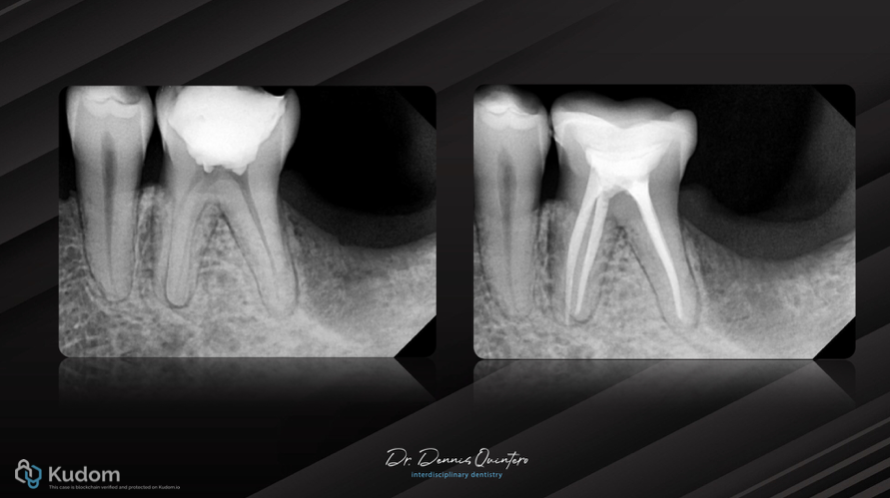 Primary Endo treatment & final restoration
Primary Endo treatment & final restoration
The success of Endodontic treatment relies not only on the proper cleaning and disinfection of the root canal but also in the adequate restoration of the treated tooth. A well […]
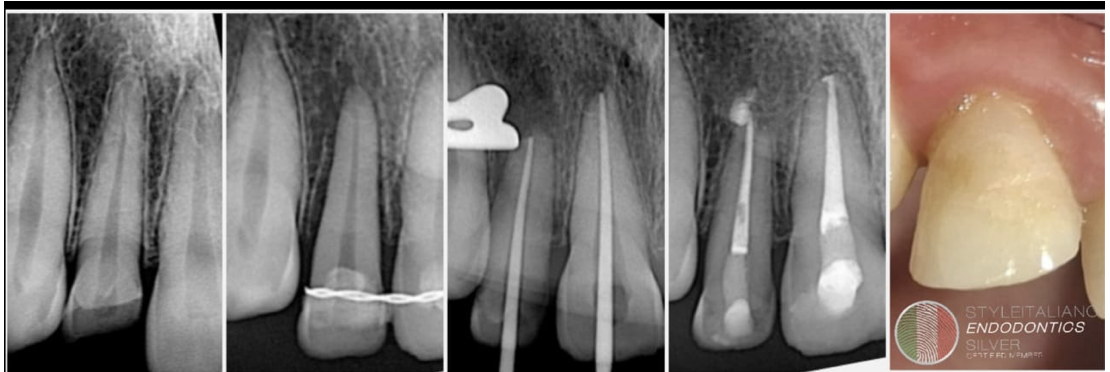 Surgical Extrusion of upper lateral incisor with oblique fracture
Surgical Extrusion of upper lateral incisor with oblique fracture
Crown-root fractures extending subgingivally pose significant restorative challenges and often threaten tooth preservation. Surgical extrusion is a conservative technique that repositions the remaining tooth structure coronally, facilitating optimal restorative margins while maintaining periodontal health. This case report presents the management of an upper lateral incisor with an oblique fracture treated successfully by surgical extrusion. The procedure involved atraumatic repositioning of the tooth, careful stabilization, and subsequent restoration. Follow-up demonstrated favorable periodontal healing, functional stability, and satisfactory esthetics. This case underscores the clinical value of surgical extrusion as a predictable, tooth-preserving treatment option in selected cases of complicated crown-root fractures.)
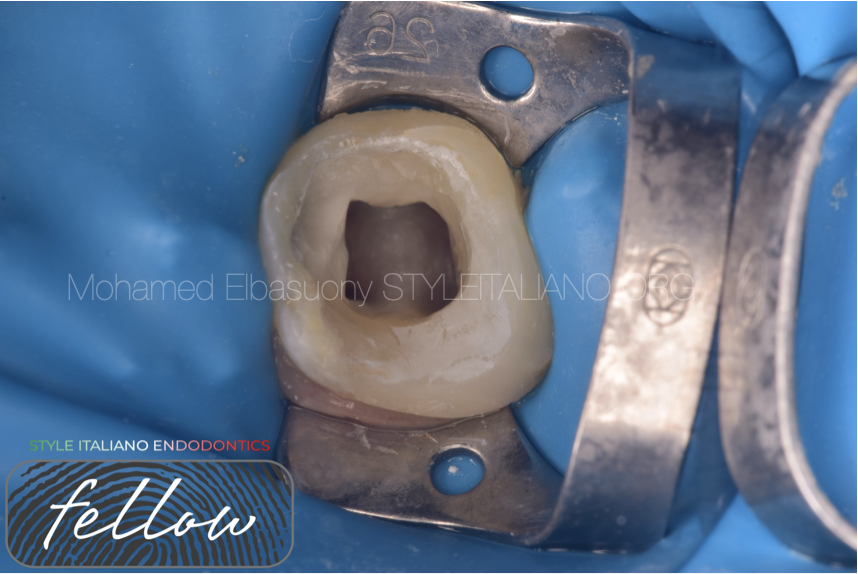 Radix Entomolaris: Case Report with Clinical Implication
Radix Entomolaris: Case Report with Clinical Implication
Usually, first mandibular molars have one mesial and distal root but in some cases there are anatomical variations. Presence of an additional lingual root distally in mandibular molars is called radix entomolaris (RE). If present, an awareness and understanding of this unusual root and its root canal morphology can contribute to the successful outcome of root canal treatment. The article describes the endodontic management of mandibular molar with RE.
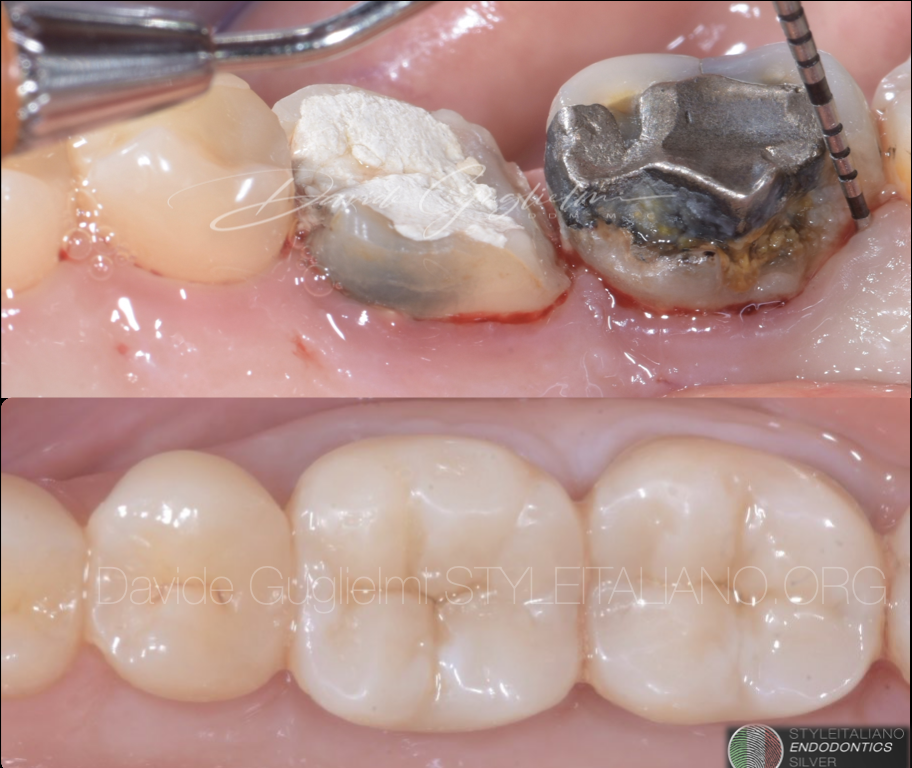 Deep Margin Elevation and Clinical Crown Lengthening: Biological considerations and clinical procedures
Deep Margin Elevation and Clinical Crown Lengthening: Biological considerations and clinical procedures
The restoration of a severely compromised tooth represents a challenge for the clinician, not only due to a significant loss of structure of the element but also due to the invasion of the supracrestal tissue attachment, with consequent compromization of periodontal health.
The technique of deep margin elevation can be applied when the healthy margin of the tooth needing restoration is localized within the sulcular epithelium or at the level of the junctional epithelium.
On the other side, the presence of lesions of the dental element involving the space for the supracrestal connective attachment and/or the bone crest makes the surgical intervention necessary. The following article aims to describe the indications and surgical procedures for clinical crown lengthening from a biological, periodontal and biomechanical point of view.
Therefore, the operational steps of the clinical crown lengthening surgical procedure (bone-resective surgery) and the sub- sequent endodontic/restorative clinical phases will be illustrated.
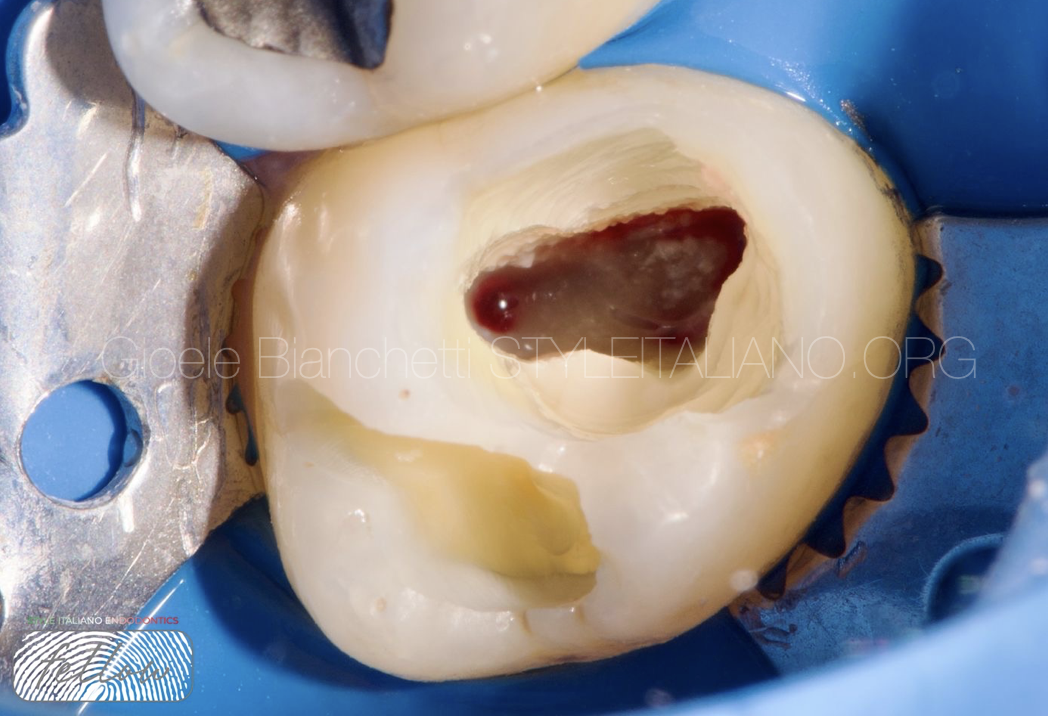 Single session endo resto treatment of an upper second molar
Single session endo resto treatment of an upper second molar
A smooth workflow in endodontics and restorative starts from the application of a strict protocol
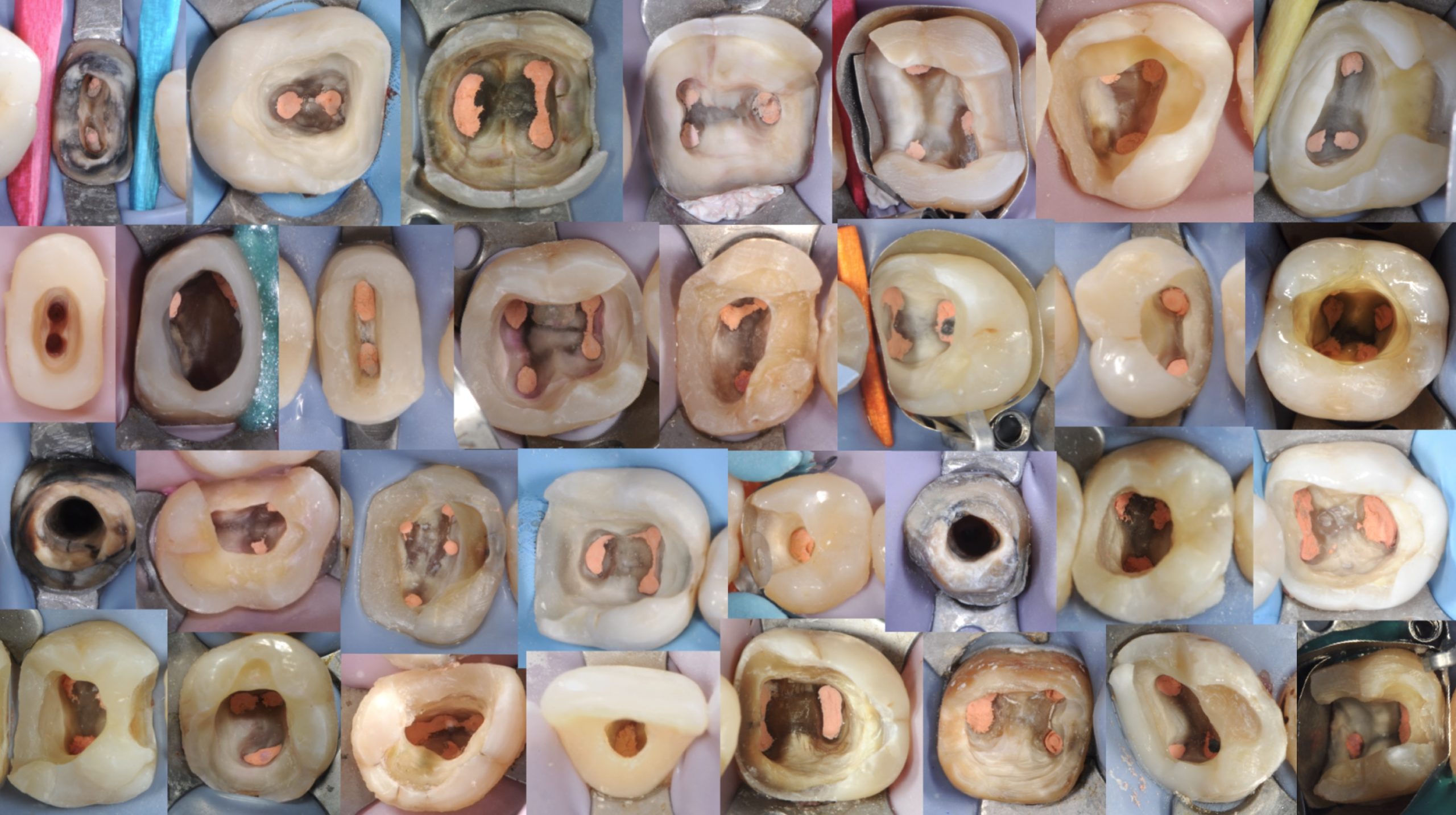 Decision making in endo-perio-restorative cases of severely compromised teeth
Decision making in endo-perio-restorative cases of severely compromised teeth
The recovery of severely compromised teeth is a challenge for clinicians. Every day, we face this issue, and it is crucial to choose the correct technique and, above all, the […]
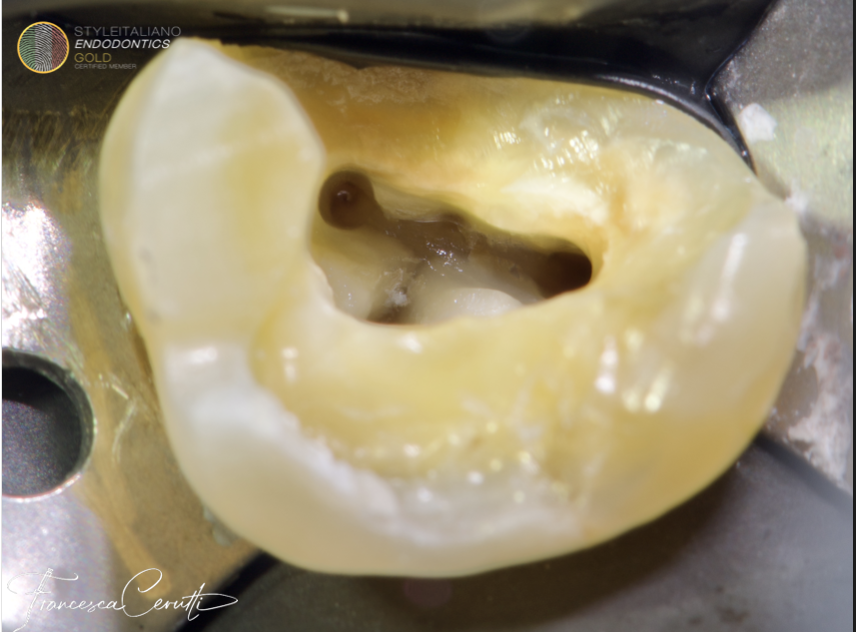 90 minutes endo resto
90 minutes endo resto
For me, there is nothing better than being able to manage endo and resto of a tooth in a single visit
 ENDO-PERIO LESIONS: SIMPLIFIED CLASSIFICATION
ENDO-PERIO LESIONS: SIMPLIFIED CLASSIFICATION
Periodontium and pulpal spaces represent the two primary modes of dental infection from oral bacteria.
At the clinical level, compound dentoalveolar infections involving both tissues are common and present challenges for diagnosis and treatment. The complex lesions presenting the characteristics of both endodontic and periodontic infections are referred to as endo-periodontal lesions (EPLs).
 Direct Vs Indirect restoration of endodontically treated teeth
Direct Vs Indirect restoration of endodontically treated teeth
The restoration of endodontically treated teeth must be planned before initiating root canal treatment. Because Microbial contamination of the root canal system and peri-apical tissues is the most common reason […]
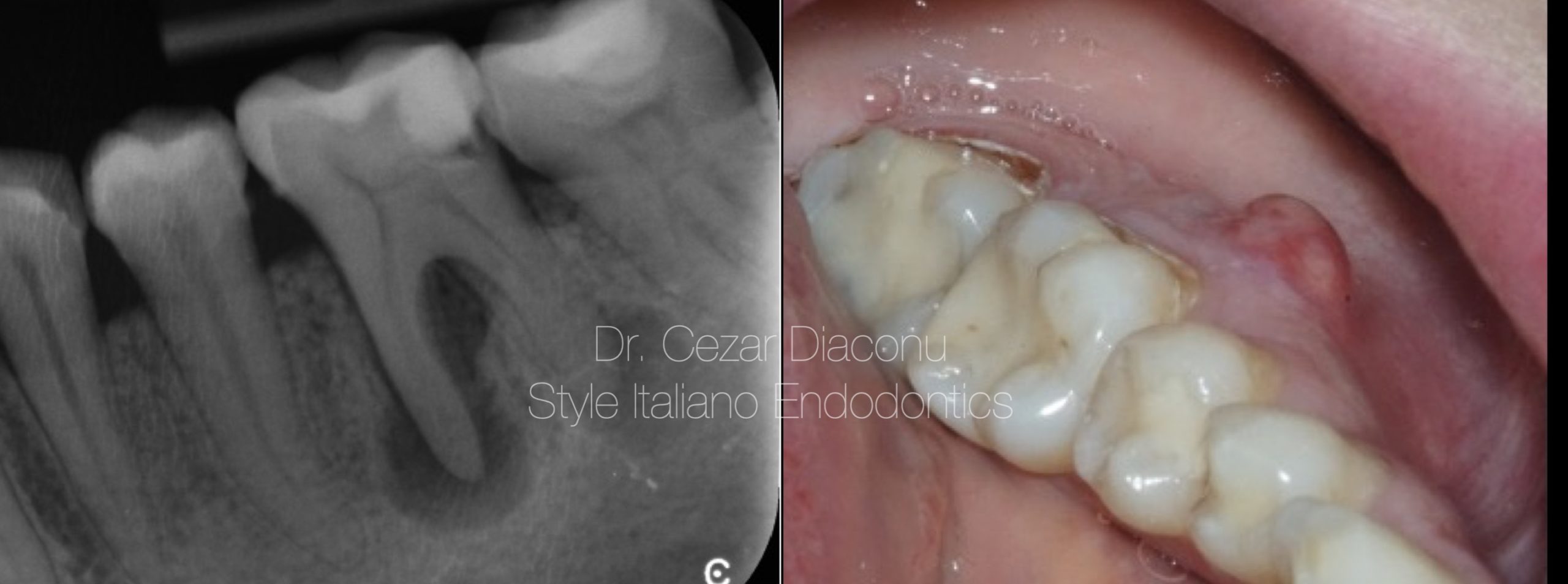 Shaping narrow canals using the forward reciproc motion– Case report
Shaping narrow canals using the forward reciproc motion– Case report
The primary goal of successful endodontic therapy is to perform a proper cleaning and shaping of the root canal system. In clinical practice, this cleaning and shaping, performed with the […]
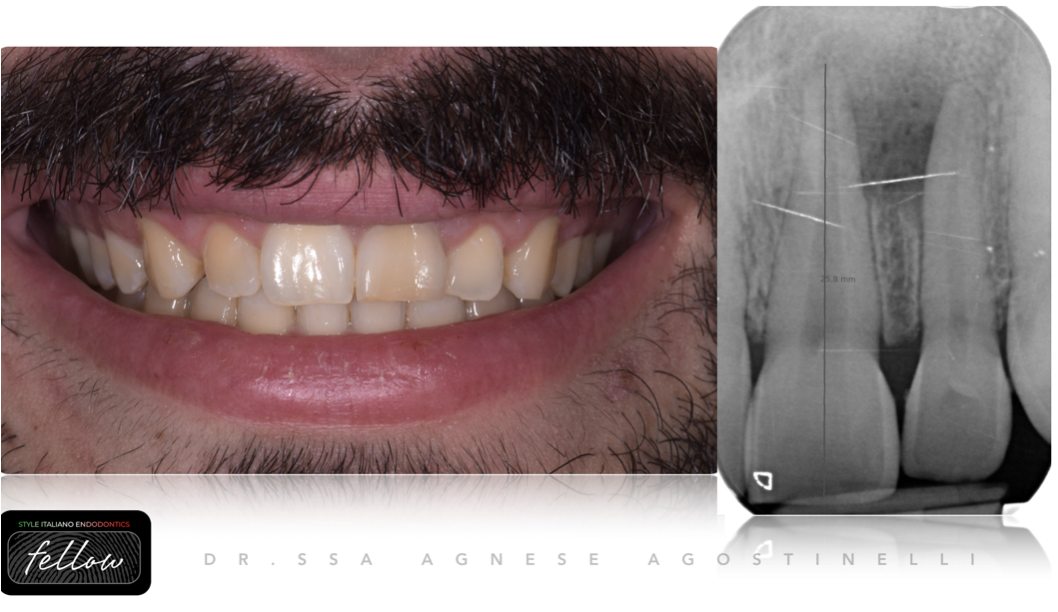 Endodontic treatment of necrotic teeth with periapical lesion
Endodontic treatment of necrotic teeth with periapical lesion
One of the most common complications after dental trauma is pulp necrosis, which is often associated with apical periodontitis. The management of these teeth is challenging due to large root canals, open apices, and thin dentinal walls. 1
Long-term irritation leads to periapical lesions and cysts in the apical region. If left untreated, necrotic and infected pulp causes inflammatory lesions in the periapical tissues to grow over time, leading to structural changes in the bone. In some cases, root canal treatment may be required later during follow-up of injuries, due to subsequent pulp necrosis and infection of the root canal system. 2-3